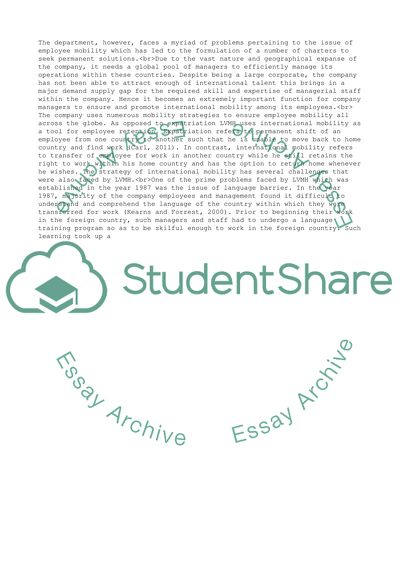Cite this document
(Drawing upon scholarly research and organisational examples critically Assignment, n.d.)
Drawing upon scholarly research and organisational examples critically Assignment. https://studentshare.org/business/1809984-drawing-upon-scholarly-research-and-organisational-examples-critically-consider-how-organisations-can-effectively-manage-a-redundancy-situation-or-critically-evaluate-approaches-organisations-can-take-to-retaining-key-human-resources
Drawing upon scholarly research and organisational examples critically Assignment. https://studentshare.org/business/1809984-drawing-upon-scholarly-research-and-organisational-examples-critically-consider-how-organisations-can-effectively-manage-a-redundancy-situation-or-critically-evaluate-approaches-organisations-can-take-to-retaining-key-human-resources
(Drawing Upon Scholarly Research and Organisational Examples Critically Assignment)
Drawing Upon Scholarly Research and Organisational Examples Critically Assignment. https://studentshare.org/business/1809984-drawing-upon-scholarly-research-and-organisational-examples-critically-consider-how-organisations-can-effectively-manage-a-redundancy-situation-or-critically-evaluate-approaches-organisations-can-take-to-retaining-key-human-resources.
Drawing Upon Scholarly Research and Organisational Examples Critically Assignment. https://studentshare.org/business/1809984-drawing-upon-scholarly-research-and-organisational-examples-critically-consider-how-organisations-can-effectively-manage-a-redundancy-situation-or-critically-evaluate-approaches-organisations-can-take-to-retaining-key-human-resources.
“Drawing Upon Scholarly Research and Organisational Examples Critically Assignment”. https://studentshare.org/business/1809984-drawing-upon-scholarly-research-and-organisational-examples-critically-consider-how-organisations-can-effectively-manage-a-redundancy-situation-or-critically-evaluate-approaches-organisations-can-take-to-retaining-key-human-resources.


